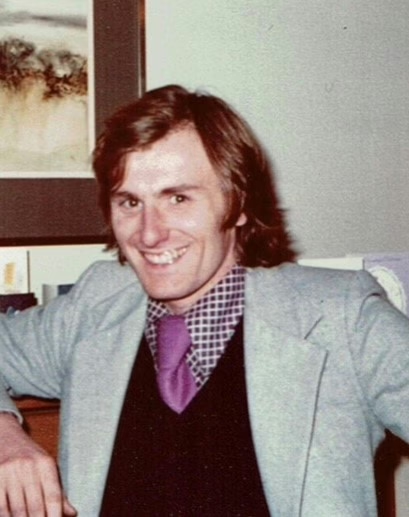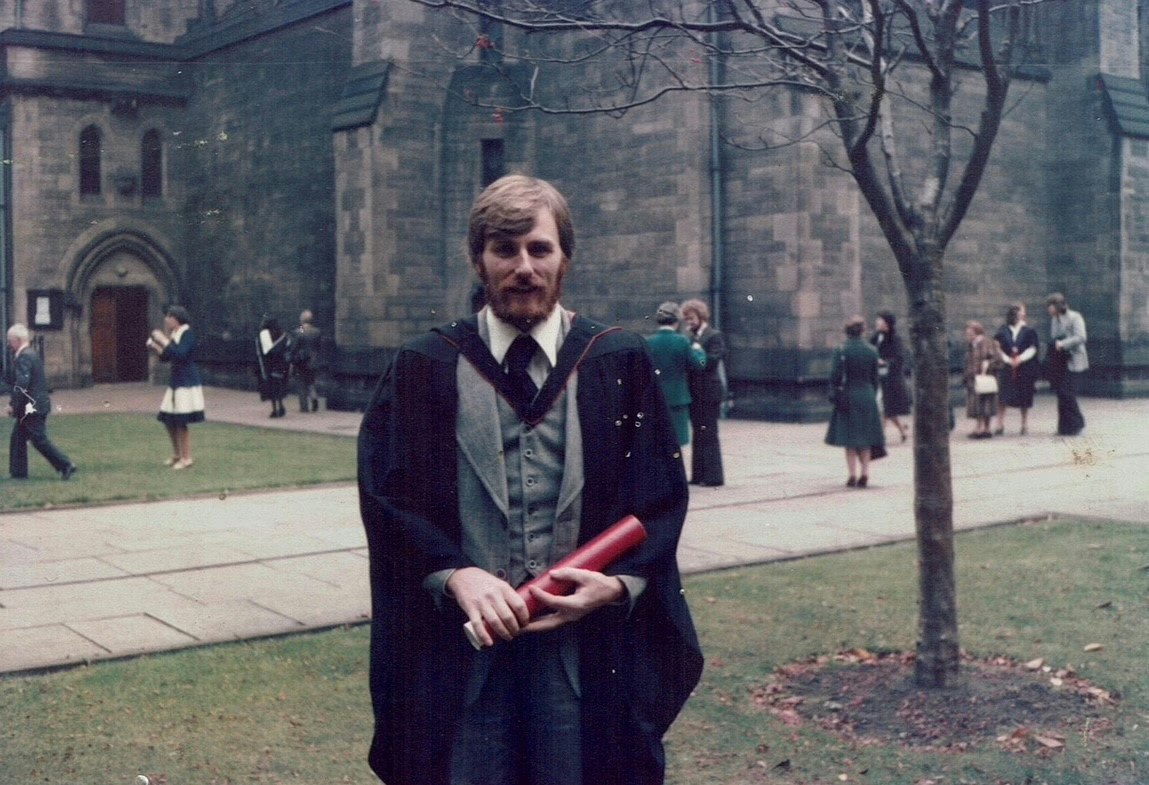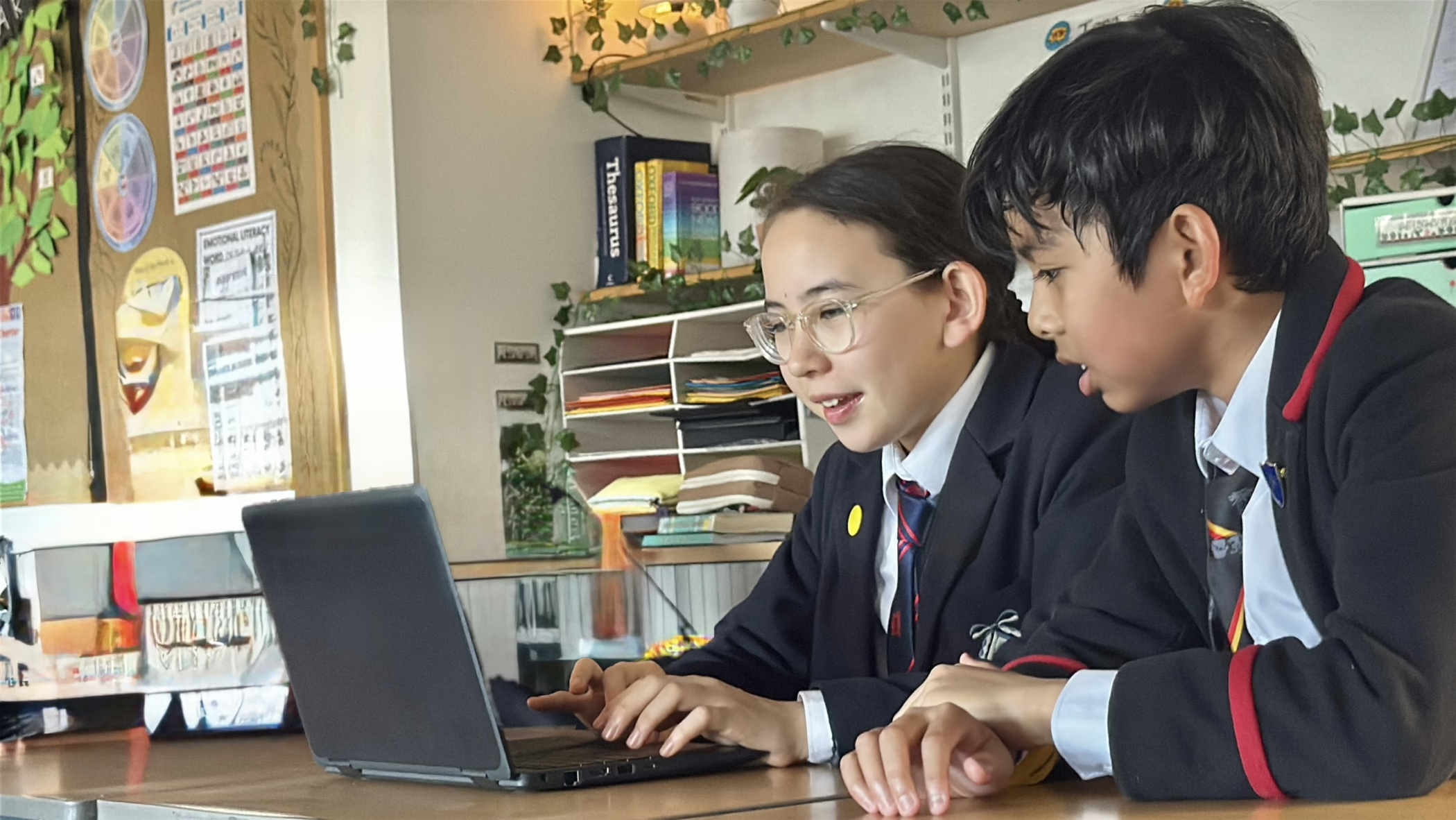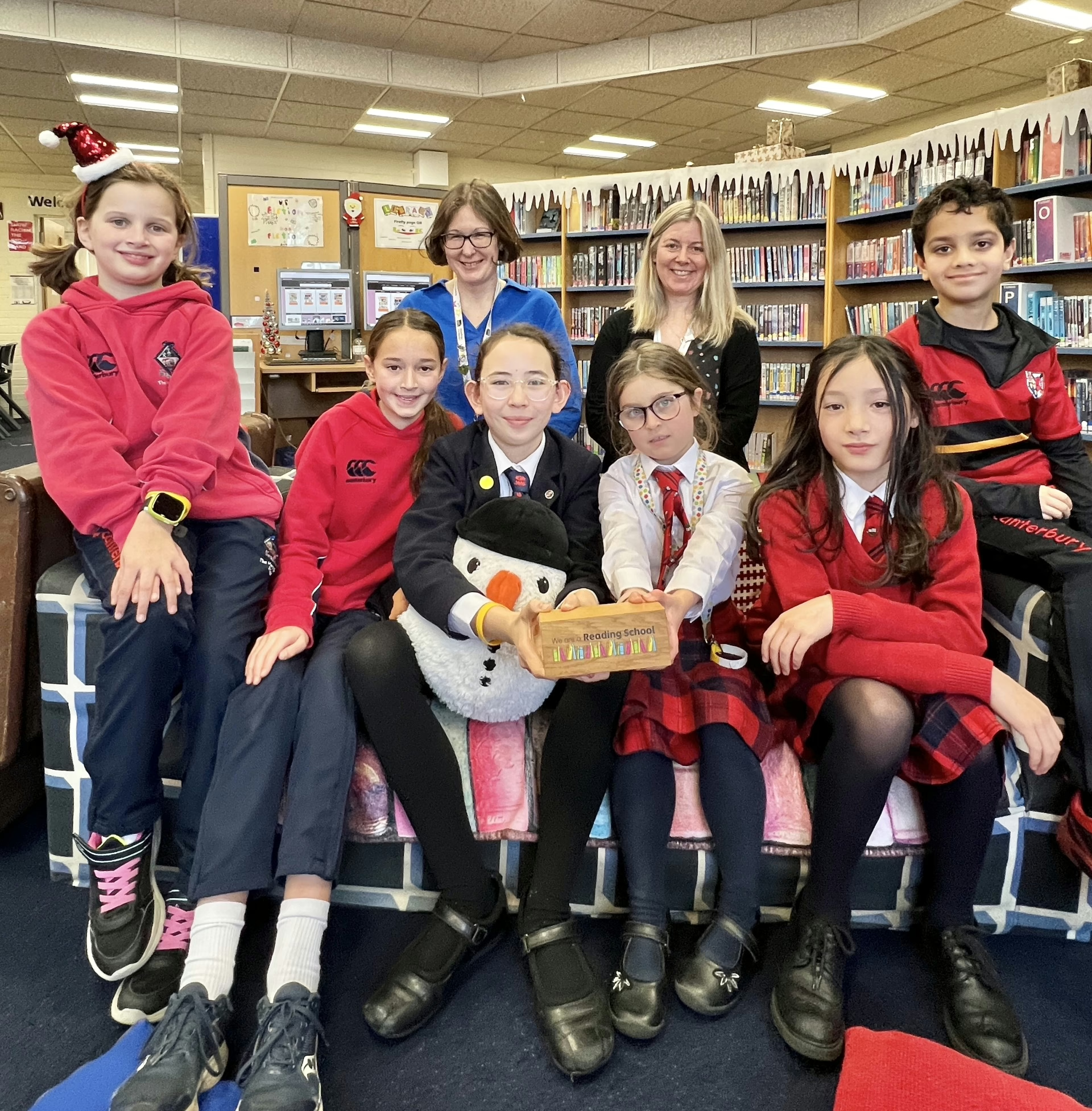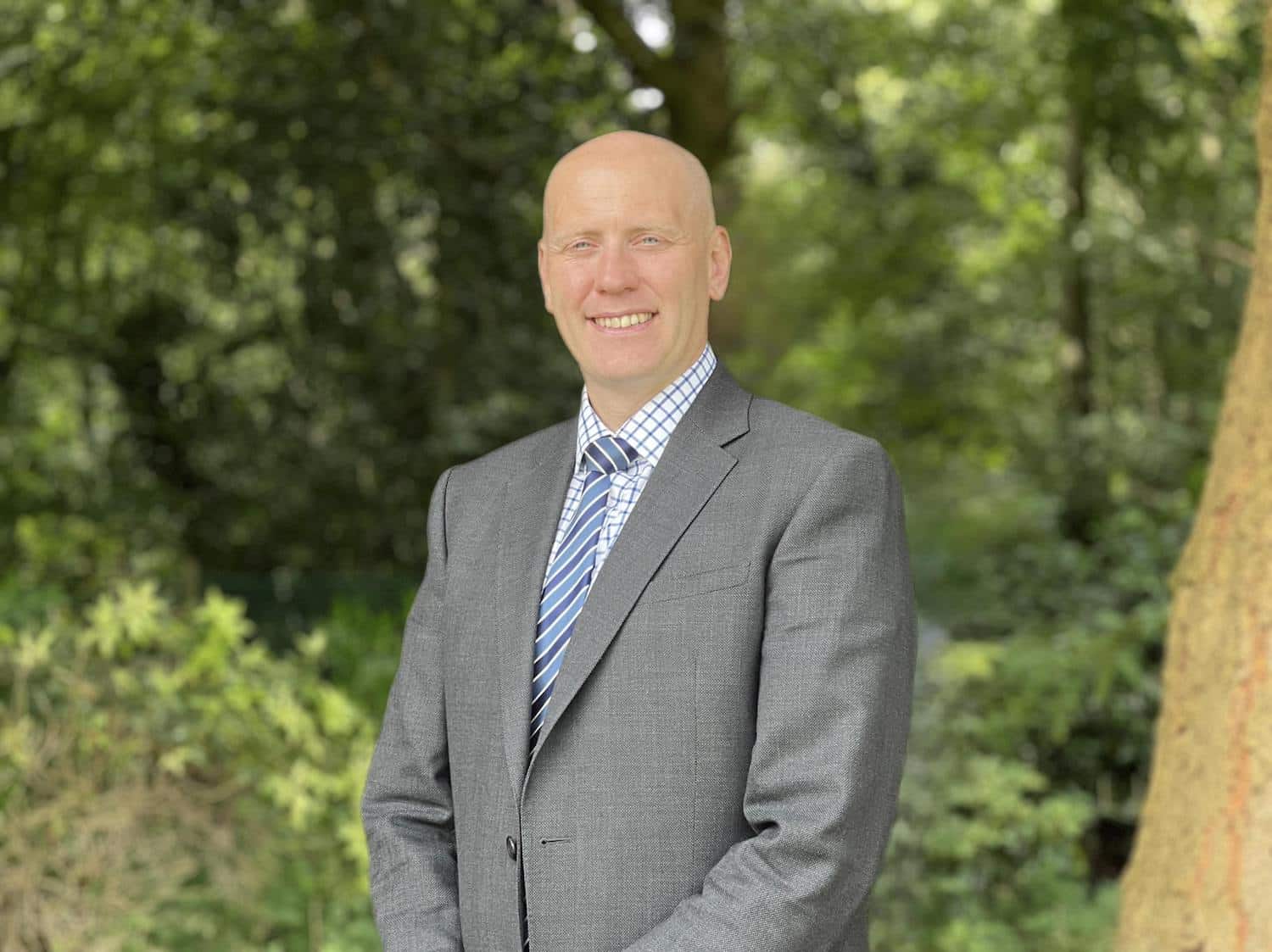You qualified as a vet in 1978, but it wasn’t an easy path through university. What helped you push through those challenging times?
I suppose my character. My father was a doctor and his surgery was in our house so I watched him from an early age. I liked animals but less so people so I decided to be a vet. Everyone said I wasn’t “clever enough” and the more I was told I couldn’t achieve that the more I wanted to do it.
Looking back, how did those early struggles shape your resilience and your approach to running a business later on?
I suppose that throughout my whole career in business, as soon as someone said “no” to an idea the more it spurred me on to try and achieve it.
What were some of the toughest periods in the life of your practice, and how did you navigate them?
I expanded the practice in the first 15 years fairly steadily and without too many problems but in 1996 when the large pet superstores were putting vets in, I decided to open a superstore of my own called People Pets. But I couldn’t compete financially with them and after 6 months the shop went into liquidation. I then merged it with the practice and it revived from there. I was the first vet in the country to cross all areas of pet care with a shop, grooming and vet practice all under one roof.
What inspired you to set up your own practice in the North West, and how did Anrich Veterinary Hospital come to life?
I met my wife Angela in Nottingham in 1979. We moved to Whitley Bay then to Manchester. But as an employed vet I could not get what I wanted to achieve in practice. Anji came from Abergele and I came from Edinburgh so we decided to get a practice between our families. Wigan came up so we bought the practice in 1981. There was Yellow Pages then so to be at the front we caller the practice “Anrich” being Angela and Richard.
The practice has expanded and contracted over the years – what guided your decisions through those cycles?
The expansion was ego and business expansion. But as it expanded, it diluted my control and input so I contracted it again and developed the one site total pet healthcare centre.
Becoming a fully qualified animal hospital must have been a huge milestone. What did that mean for your clients and for the business?
Hospital status was the highest level a vet practice could become in the 1980’s. Referral centres developed in the later 1980’s. My aim has always been to be the best of the best when that’s possible.
You were an early adopter of online shopping and integrated grooming services into a vet-led pet superstore. Where did that innovative mindset come from?
Initially due to branch surgeries being empty through the day and wanting them to generate income. But then I discovered that grooming and feeding were things pet owners had to do all the time more often than seeing the vet. I discover these activities increased contact with clients and therefore increased the care I could give to pets and their owners.
What cutting-edge technologies have most transformed the way your practice operates today?
I was the first non-referral centre to install a hydrotherapy pool (in 2001) and then an MRI machine (in 2004) and then CT (in 2016). These were all before we became a referral centre. In the last 5 years many other primary opinion practices have CT’s now as they are relatively cheap nowadays.
Tell us about the education centre you developed at the practice – what was your vision for it?
With the move to Caroline Street in 1996 we had a lot of space and I felt that the final part of what needed to be produced was the education centre to pass my knowledge and ideas on to others in the profession for things that didn’t get taught at university.
This facility helped me to train my staff for a variety of purposes, from training my nurses to assist in the pet shop with offering a more clinical recommendation for clients in areas such as best food for their pets or treatments that would be most suitable, to giving newer vets exposure to live operating, live clinical consultations and other areas of veterinary practice.
I also looked into online teaching in the late 90s when this wasn’t really done. However, it worked out quite expensive as the technology wasn’t there. I have always tried to adopt ideas or pass them on to someone who can deliver.
Supporting the next generation has clearly been important to you. What role has mentorship played in your career?
Knowing how hard I had to work to get to be a vet in the first place and then develop the business in the first 25 years caused me to review my life at our 25-year school reunion and offer help to school and university if they needed it.
In veterinary medicine, we have EMS where you have to do 6 months practice as part of your degree course. This involves farming, animal care, abattoir, and the rest was with veterinary surgeons, and I had quite a lot of this practical experience due to the way my own degree was structured. I used to support students to learn surgical procedures and really enjoyed training and passing on that knowledge and it gives students the opportunity to fail in a supported and supportive environment and learn from their mistakes.
What advice would you give to young people considering a career in veterinary medicine today?
Don’t take “no” for an answer and go down the route that gives you the most pleasure. One of the things that changed in veterinary profession in 1946 was the requirement for a degree rather than guided practical experience in the profession.
I would say that new vets often focus on the academic and practical skills they have learned in terms of diagnostics and treatment, but they need to learn more about how to manage conversations about client budgets and costs. Diagnosis can be expensive if scans like MRI, CT and Ultrasound are needed and can wipe out any available funds for successful treatment, so an element of a common-sense approach is needed.
You’ve now handed the reins to your son James, keeping it a family business. What’s it been like watching the next generation take over?
James joined me in 2007 as a minimum wage trainee. No special privileges. He learned well from that graduation to management and then becoming MD in 2017. I look primarily at healthcare first and money/business second. He looks at the business first but ensuring healthcare is not jeopardised. We have different approaches which is why I am now retired and don’t interfere with his decisions unless I’m asked to.
If you could go back and give your teenage self one piece of advice, what would it be?
Don’t be afraid of making mistakes because the lessons learnt from them are sometimes more valuable that what you get taught.
